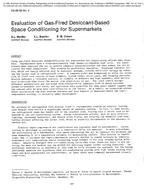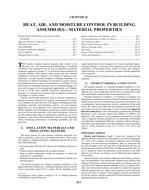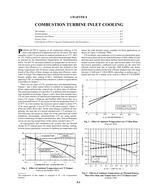Available design information for thermal loads generated by people are based on steady state data. An hour or more can be required for a person to reach a thermal steady state after entering a new environment and/or changing activity. This long response time makes steady state information of limited use in the design of environmental control systems for mass transit vehicles where large numbers of people enter the vehicle at one time and/or where there is a rapid turnover of passengers. This paper presents the results ofASHRAE research project 619-KP which addressed this problem. To obtain quantitative data describing the dynamic nature of the heat and moisture people dissipate to their surroundings, experiments were conducted in a calorimeter capable of holding ten people. Test subjects were exposed to controlled conditions and activity levels in a separate environmental chamber prior to entering the calorimeter. Once in the calorimeter, the heat dissipation and moisture dissipation from the subjects to the calorimeter environment were measured on a continuous basis. Twenty such experiments were conducted. A computer simulation model which predicts dynamic sensible and latent loads generated by people was also developed. The model is based on a modified version of the Gagge two-node model which simulates the thermal transients in the human body. The modified model includes a transient simulation of heat and moisture flows through clothing and moisture accumulation in clothing. These factors both play an important role in determining the mix of sensible and latent heat dissipation, as well as the total heat dissipation, during transients. The final model was validated with the experimental data and now provides a tool for designers to predict the size and nature of human generated thermal loads in a wide variety of transient situations.
Product Details
- Published:
- 1993
- Number of Pages:
- 170
- File Size:
- 1 file , 2.4 MB
- Product Code(s):
- D-RP-619


